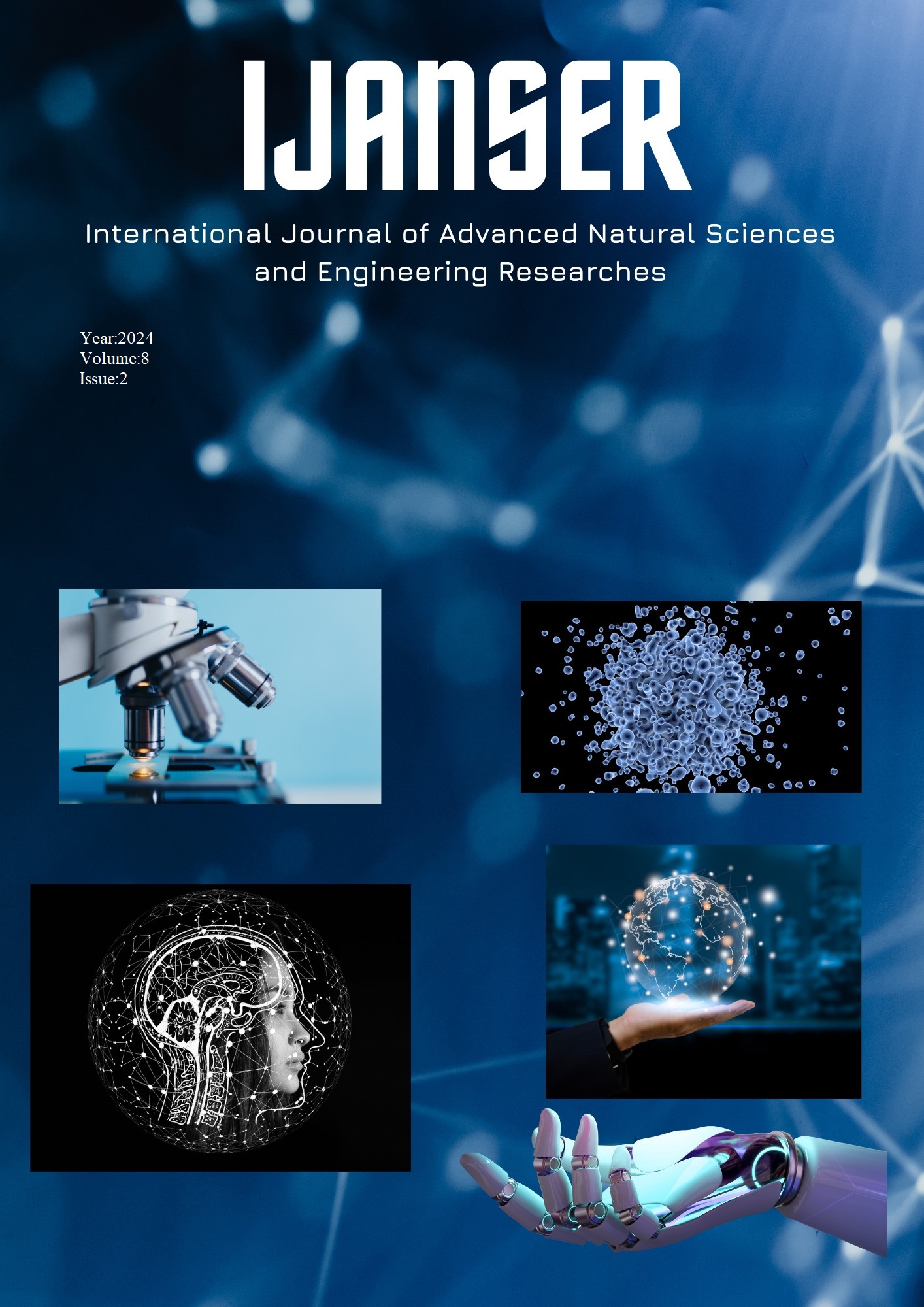Experimental Investigation of the Use of Al2O3 Nanofluid in the Heat Pipe for Passive Cooling of the Photovoltaic Panel
Keywords:
Two-Phase Closed Thermosyphon, Nanofluid, Photovoltaic Panel, Passive CoolingAbstract
As the world population gradually increases, the energy needed also increases. Depending on this increasing need, it is necessary to diversify energy production and use existing energy resources more efficiently. Solar energy is one of the most significant energy conversion sources, which is electrical energy obtained by utilising solar energy in PV panels. In addition, some of the energy is lost and transformed into heat energy. Active and passive cooling applications are applied on the PV panel to reduce the lost heat energy. This study involved a passive cooling technique for the PV panel. A thermosyphon-type heat pipe was used as a passive cooler. In addition to the reference case, the effect of three different Al2O3 nanofluids at 1%, 2%, and 3% by weight, considered fluids in the heat pipe, was observed. In experiments conducted with solar simulation, the effect of passive cooling was examined for 120 minutes. Compared to the reference condition, front surface temperatures of approximately 17 C, 13 C and 11 C lower were measured for AL1, AL2 and AL3, respectively. In terms of efficiency, an increase of approximately 7% in AL1, 5% in AL2, and 1% in AL3 compared to the reference situation was achieved. When the voltage amounts are compared, while 10.305 V is produced in the reference condition, the average voltage amounts produced for AL1, AL2 and AL3 are 9.805 V, 10.625 V and 10.485 V, respectively.
Downloads
References
A. Goetzberger, V.U. Hoffmann, PV systems. Photovoltaic Solar Energy Generation. Springer, Freiburg.
Bilen K., Erdoğan İ. ‘Effects of cooling on performance of photovoltaic/thermal (PV/T) solar panels: A comprehensive review’. Solar Energy, 262, 11829, 2023.
P.M.J. Stalin, T.V. Arjunan, M.M. Matheswaran, P.M. Kumar, N. Sadanandam. ‘Investigations on thermal properties of CeO2/water nanofluids for heat transfer applications’. Mater. Today: Proc., 47, pp. 6815-6820, 2021.
R. Sharma, P. Chauhan, A.K. Sharma, A. Katiyar, H.K. Singh, M.L. Rinawa, P.M. Kumar. ‘Characterisation of ZnO/nanofluid for improving heat transfer in thermal systems’. Mater. Today: Proc. 62, pp. 1904-1908, 2022.
S. Nižetić, E. Giama, A.M. Papadopoulos. ‘Comprehensive analysis and general economic-environmental evaluation of cooling techniques for photovoltaic panels, Part II: Active cooling techniques’. Energy Conversion and Management,155, pp. 301-323, 2018.
Ramkiran, B., Sundarabalan C.K., Sudhakar, K.’Sustainable passive cooling strategy for PV module: A comparative analysis’. Case Studies in Thermal Engineering, 27, 101317, 2021.
Acar, A., Namli, L. & Ozbas, E. An experimental investigation on passive cooling of the photovoltaic panel using CuO nanofluid in a two-phase closed thermosyphon. J Therm Anal Calorim 148, 9609–9618 (2023). https://doi.org/10.1007/s10973-023-12343-6
Kaya, M. ‘An experimental investigation on thermal efficiency of two-phase closed thermosyphon (TPCT) filled with CuO/water nanofluid’. Engineering Science and Technology, an International Journal, 23, pp 812-820, 2020.
(2023) [Online] Available: https://nanografi.com/nanoparticles/aluminum-oxide-al2o3-nanopowder-nanoparticles-alpha-purity-99-5-size-78-nm-hydrophilic/





